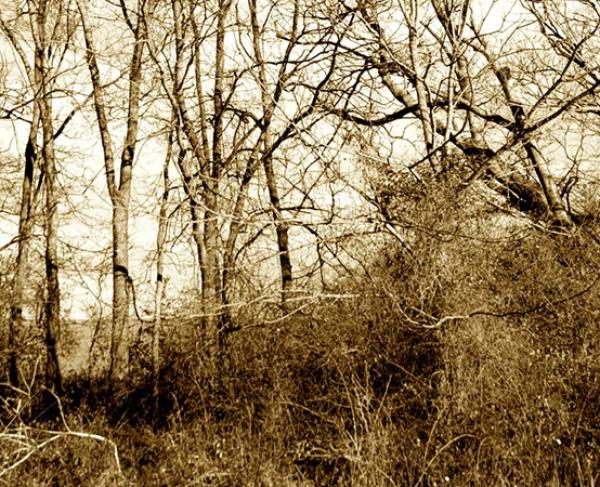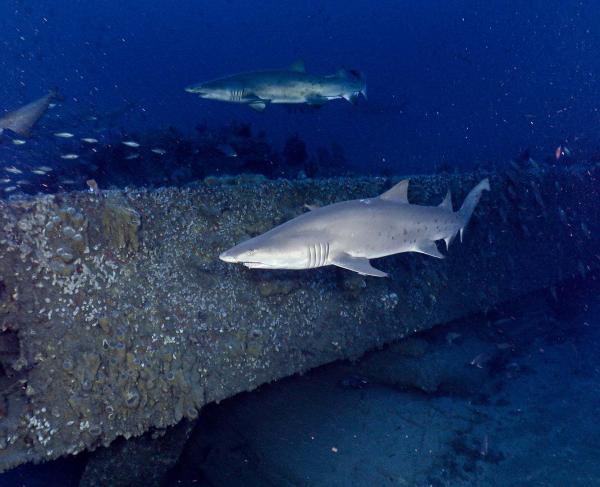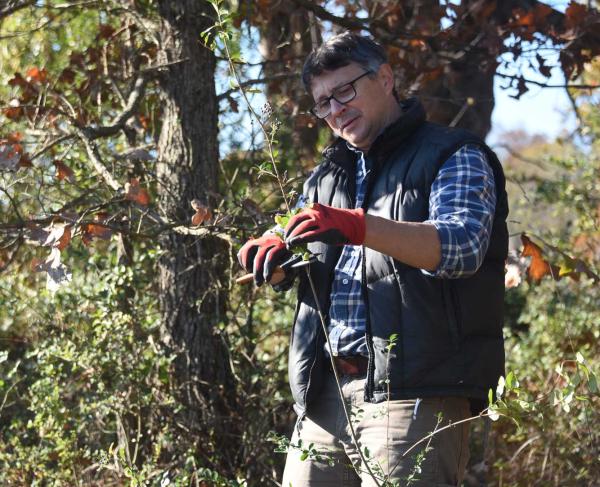What Might Have Been: Spring Hill, Tennessee
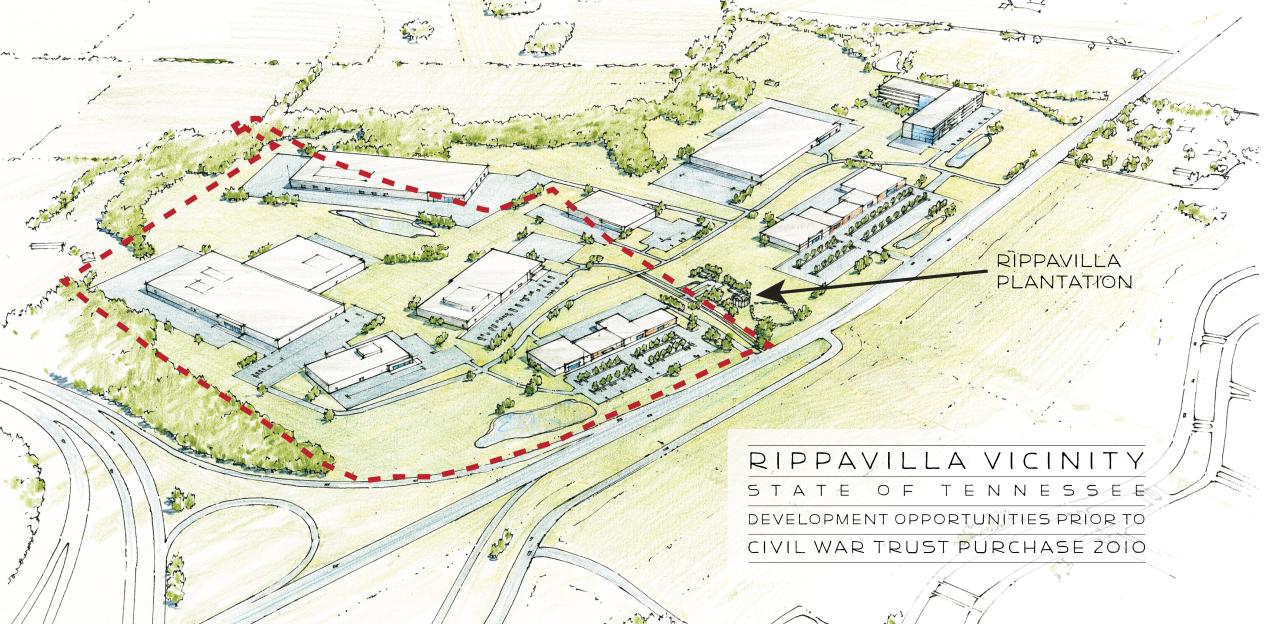
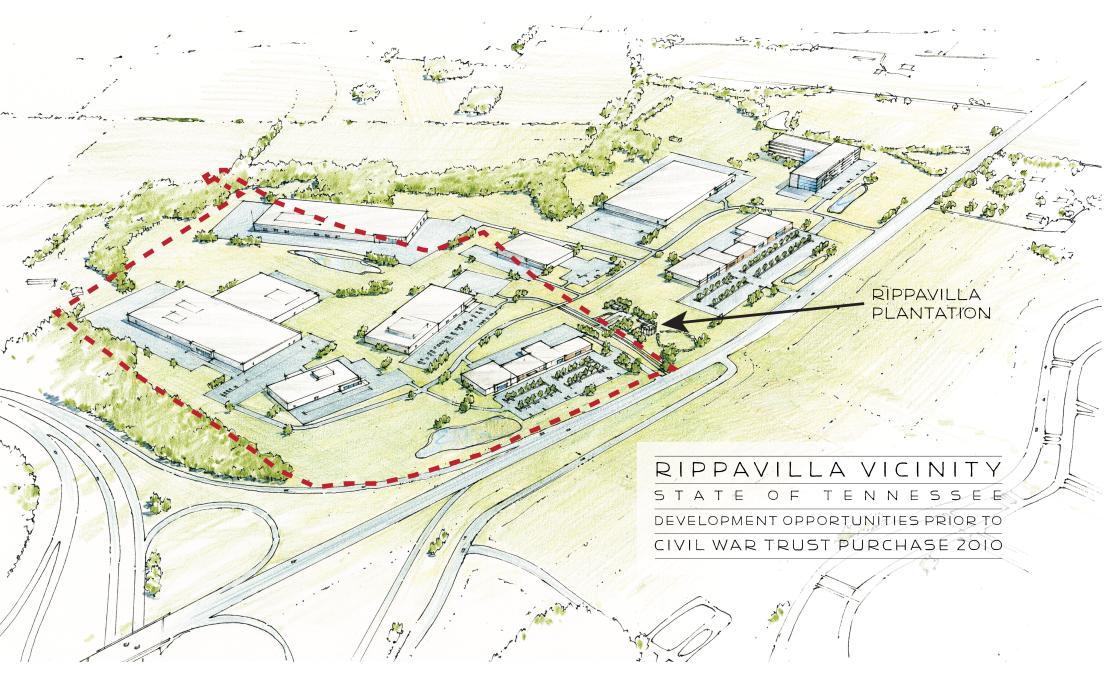
There is no better way to get an accurate sense of what the Trust has accomplished in the last 30 years than by examining sites that could have been lost but that are now saved forever.
In July 1985, General Motors announced that it planned to build a massive manufacturing plant in what was then a rural community 30 miles south of Nashville for its new Saturn subsidiary. In the years that followed, tremendous development pressure engulfed the surrounding community, including a previously unimaginable proposal for high-rise apartments on 118 acres identified as core battlefield by the Civil War Sites Advisory Commission. Public opposition to the plan mounted, particularly after Rippavilla — a nearby antebellum plantation that played a role in the battle — received a $600,000 transportation enhancement grant for restoration and the creation of an interpretive center. The apartment developer eventually backed out, clearing the way for the Association for the Preservation of Civil War Sites and the Civil War Trust to secure a contract to purchase the acreage with help from ABPP. The fully interpreted battlefield park was dedicated in August 1999.
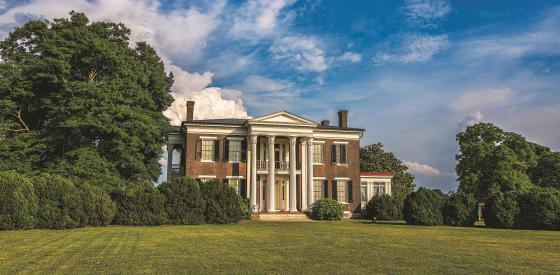
General Motors, meanwhile, accumulated significant land holdings in the community beyond where its initial plant was built, including land on both sides of Rippavilla’s 100-acre property. The land was zoned industrial, allowing for a tremendous number of outcomes that would irreparably damage the battlefield’s integrity. These included a factory expansion, research facilities, parking lots, warehouses and office parks. Uncertainty surrounding the fate of the property landed Spring Hill on numerous lists of “endangered” historic sites in the latter half of the first decade of the 21st century.

Eventually, however, GM reached a decision to divest itself of surplus land holdings in Spring Hill. Starting in 2007, various scenarios for the fate of the particularly vulnerable 84-acre property immediately north of Rippavilla were put forward, some of which raised concern in the preservation community. Thankfully, after meeting with Trust representatives, GM voluntarily chose to seek a preservation solution that would create a unified 184-acre battlefield park.
The landmark sale was announced at a September 2010 news conference that also revealed a $1.9 million matching grant from the federal American Battlefield Protection Program — one of the largest in its history — toward the project.
More in "What Might Have Been" series: Fredericksburg, Virginia | Harpers Ferry, West Virginia | Chancellorsville, Virginia
Learn More: Spring Hill Battlefield
Related Battles
350
500
